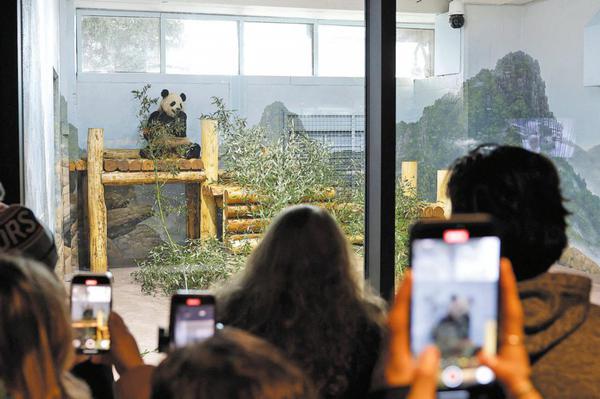
Visitors take pictures of male giant panda Bao Li in his enclosure at the Smithsonian's National Zoo in Washington, DC, on Friday. (Photo/China News Service)
They are "as iconic as the Washington Monument", the coolest creatures that tell the story of conservation success and bonds between countries, and the only animals in the United States capital evoking so much love that the Smithsonian's National Zoo &Conservation Biology Institute is now called the "District of Panda".
After a hiatus of 14 months, giant pandas Bao Li and Qing Bao captivated a passionate crowd of patrons and officials at the zoo as they made their public debut on Friday morning.
"Bao Li and Qing Bao have won our hearts, and we're excited to welcome panda fans back to the zoo … and celebrate the newest chapter of our giant panda breeding and conservation program," said Brandie Smith, director of the zoo, while addressing a ceremonial opening of the Asia Trail exhibit.
The 3-year-old pandas officially started their 10-year stay in mid-October after the zoo's last panda couple returned to China in November 2023.
Smith declared the zoo the "District of Panda" to emphasize the integral role these animals play in Washington's culture.
The zoo will host a series of special events through Feb 9, including a Chinese New Year program, Kung Fu Panda film screenings and cultural activities with the Chinese embassy.
According to Smith, people love giant pandas because they are rare, cute and a success story.
"Giant pandas truly represent how great conservation outcomes can be achieved through great partnerships and public support," she said, noting that the global giant panda population has almost tripled — from less than 1,000 to nearly 3,000 — since the China-U.S. conservation program began decades ago.
Addressing the ceremony, Chinese Ambassador to the U.S. Xie Feng jokingly said that Washington, DC, is no longer "unbearable" thanks to the arrival of the beloved bears. "I believe all of you can 'bearly' wait to see them," he added.
The "national treasures of China" are also a shining example of the country's ecological conservation efforts, as China has set up 67 panda reserves, with a national park for the species spanning three provinces, Xie said.
"American friends told me that they are simply biologically programmed to like giant pandas. Our shared love for pandas has deepened my conviction that China and the United States have much more in common than what divides us," he said.
"Whenever I think about what we have achieved through panda cooperation, I feel more confident that as long as we work together, we can make big, great things happen for the benefit of both our countries and the world," he added.
Also addressing the ceremony, Secretary of the Smithsonian Institution Lonnie G. Bunch III said the pandas are the coolest creatures and he never wanted to be known as "the secretary who lost the pandas". They are making today a "wonderful day" for the institution, the city and the nation, he said.
"The Smithsonian's giant pandas have been a presence in Washington for more than 50 years. In some ways, they are as iconic as the Washington Monument or the Lincoln Memorial," Bunch said, highlighting that people love pandas because they "make us smile and bring us together".
It is important to note that the Smithsonian's zoo has worked with China to help ensure panda conservation and that their joint work to understand the habitat, the biology and the behavior of these "amazing" animals has led to breakthroughs in saving the species, he added.
'Jubilant day'
Washington Mayor Muriel Bowser said the debut of the two new pandas made it a "jubilant day" for Washington.
"Like many Washingtonians, I've always known (it as) a city of pandas, and we want to keep it that way," she said, adding that the panda pair will be "rooting for the home team" when it comes to boosting tourism in the U.S. capital.
Helen Gonzalez, who has been a fan of several generations of giant pandas at the zoo, said she traveled to China twice to see the pandas.
"It really is a way to connect people with a whole new culture and history," she said. "I think people come here and they make this connection with an animal, with a culture they otherwise wouldn't see."
On Friday morning, the zoo relaunched its Giant Panda Cam, a network of 40 cameras operated centrally by a corps of specially trained volunteers.
The webcams operate live from 7 am to 7 pm eastern time. After 7 pm, the day's recording is replayed for virtual visitors from around the world who wish to watch the antics of the playful pandas.










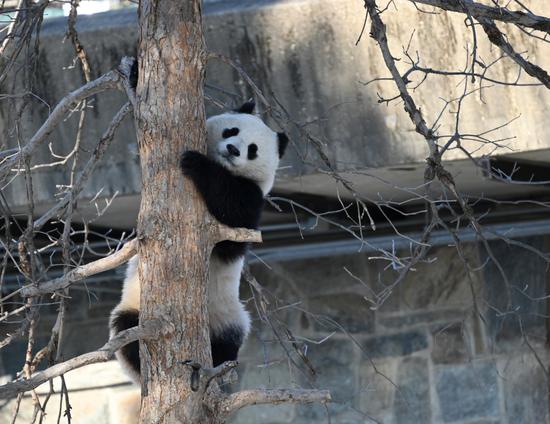








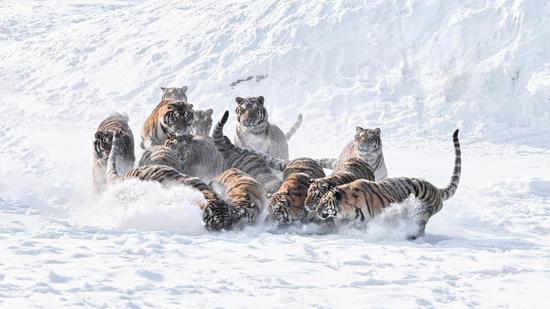

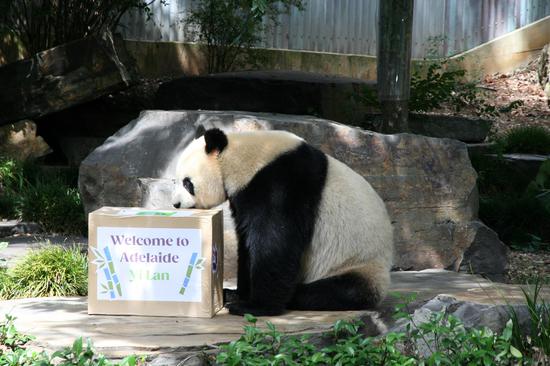


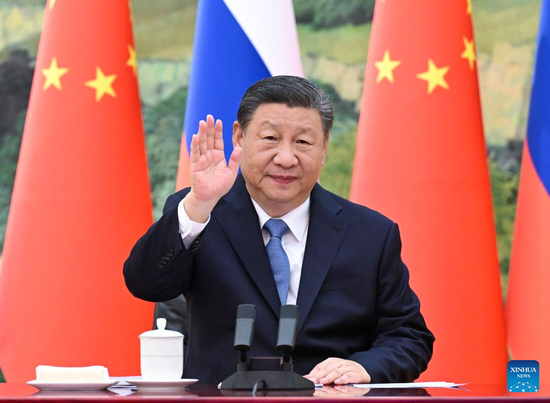


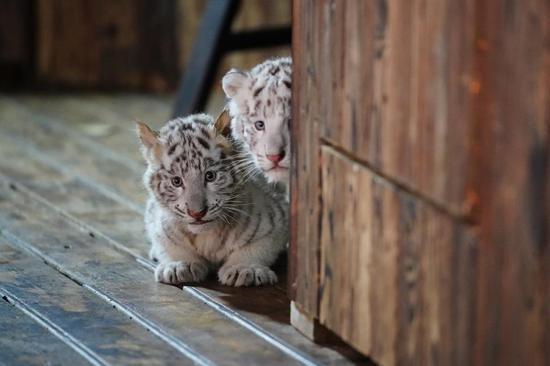





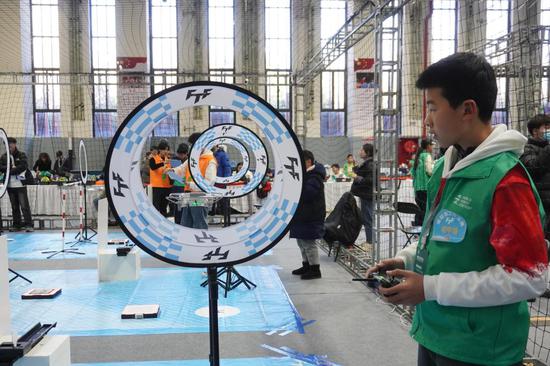





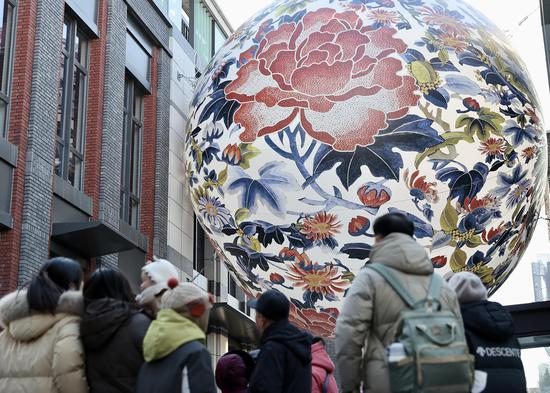


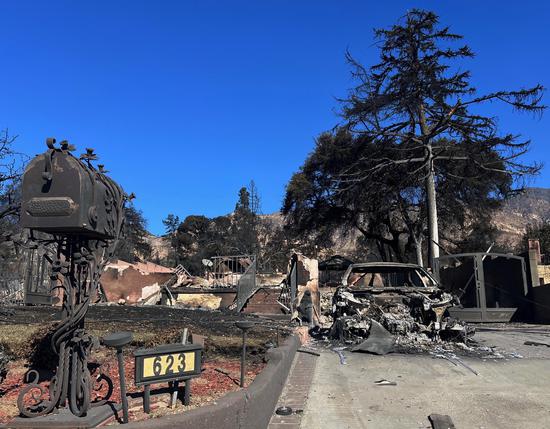







 京公网安备 11010202009201号
京公网安备 11010202009201号